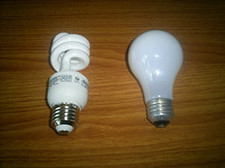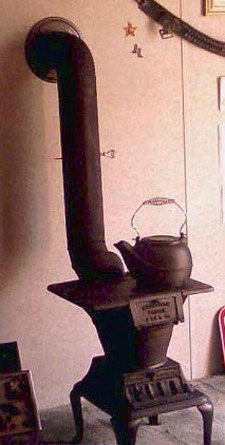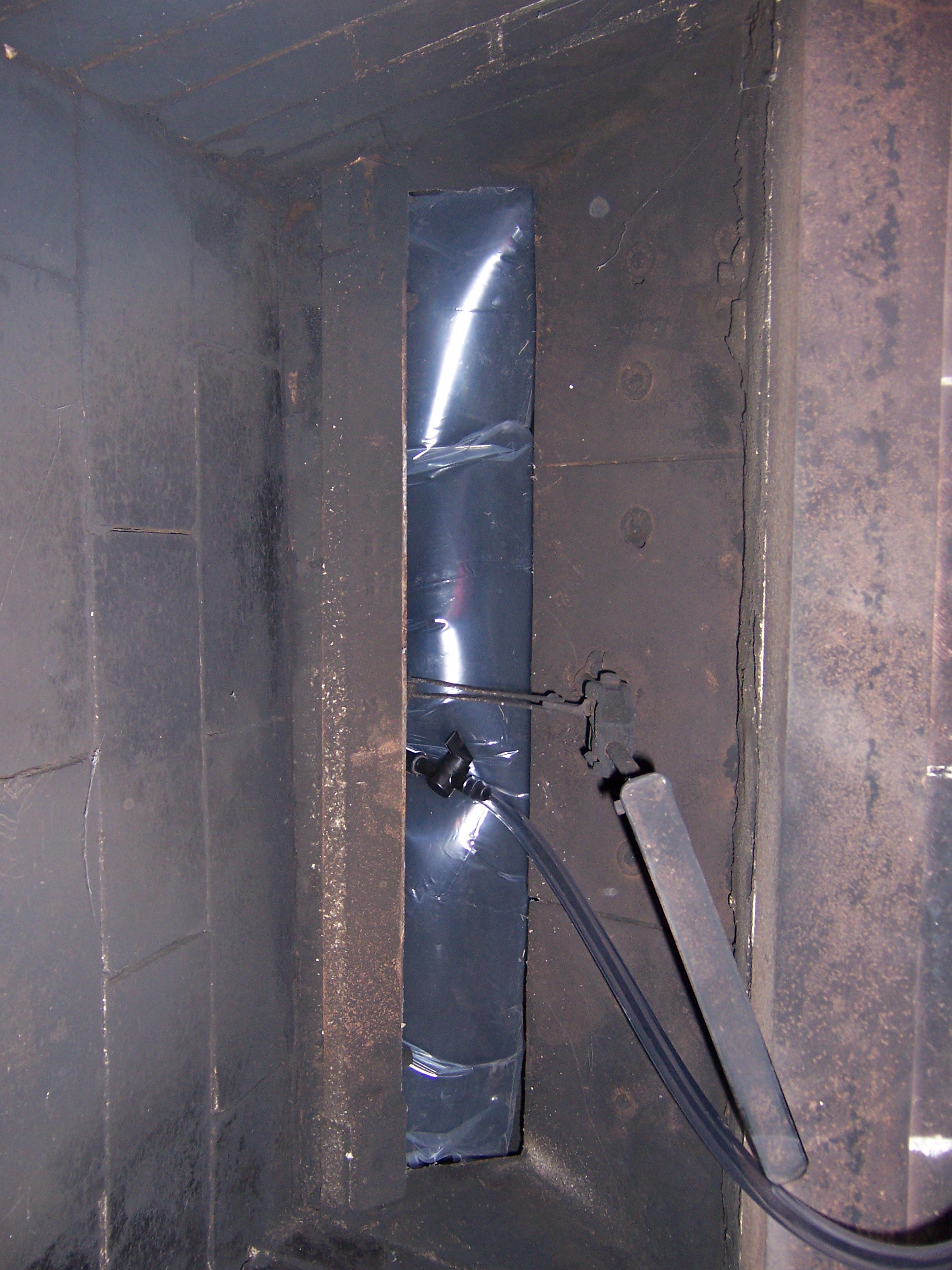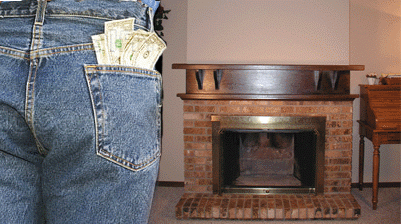
by blogediter | Jan 11, 2019 | Save Energy
CFL bulbs
There is trouble with Energy efficient CFL bulbs and some brands are worst than others. The mercury contained in them is a hidden hazard. Here is a blog entry that describes the advantage and drawbacks of the bulbs and the false and true statements about them. http://freestudents.blogspot.com/2007/04/annoyance-of-energy-efficient-lighbulbs.html
A housewife in Prospect, Maine purchased these mercury bulbs that are now the Green fashion. She thought it would save her money, which is what was promised. But as the local paper puts it, she “is paying much more than she had ever expected to.”
Read the rest of the article
by blogediter | Jan 9, 2019 | Save Energy
When I read this blog article it made perfect sense to me. We spend much time concentrating on how to save energy in the power grid we forget the wastes of energy in our food supply. Some of the things in the article are overly simplistic but overall I think the advise is good. http://wisdomfrommywife.blogspot.com/2007/04/how-to-save-environment-and-cure.html
Here is an excerpt from the article:
“Food is energy, so don’t waste it. You shouldn’t throw food away. That’s wasting it. But at the same time, you shouldn’t try to put the food in your body either, that’s wasting it also. Once it gets stored in your body, you want to get rid of it, and you exercise, but you’re not doing useful work with it. You are just burning it. So here’s my tips on not wasting food…”
click here to read the rest of it

by blogediter | Jan 7, 2019 | Chimney Plugs
Pot belly
Q: I have a pot belly stove with a bad damper on it. Can I use this Chimney Balloon to stop up the chimney? PBS
A: PBS, If you can reach into your pot belly stove and touch the location where the chimney meets the stove you can likely use the Chimney Balloon. That spot where the chimney meets the stove would be a good place to put it. I would recommend you put the reminder card on your handle if you use that stove at all. Odds are you have 9″ Dia stove pipe. If you do, a 9x9 Chimney Balloon will work well.

by blogediter | Jan 2, 2019 | Chimney Plugs
Fall & Winter
Q: Do I close the chimney damper after installing the Chimney Balloon? – SR
A: You can have the damper closed if you have the Chimney Balloon installed up in the chimney far enough to close the damper and clear the damper hardware. But doing this is kind of like making sure to close your screen door when your heavy storm door is already closed. The screen door (damper) is not holding much back, the storm door (Chimney Balloon) is doing the bulk of the work.
There are a few things to keep in mind though if you do decide to close the damper.
1) When you inflate the Chimney Balloon make sure to install it as high above the damper as you can comfortably reach after it is snugly in place remove the long clear inflation tube from the valve handle and store the inflation tube.
2) If you try to force the damper closed and the Chimney Balloon is not high enough, it may put upward pressure on the valve section that is sealed to the Chimney Balloon portion. That is a little tough on your Chimney Balloon since it puts constant undue pressure on the valve and balloon seal.
3) The other issue is if you close your damper you may forget you installed the Chimney Balloon and just open the damper and start a fire. So make sure you put the red reminder card that is included with your Chimney Balloon in a very visible place, like on the burning grate or by the gas spigot lever.
I leave my damper open and leave the inflation tube attached so it dangles just above my head when I open the glass doors to the fireplace. With this solution, I still have no draft problem since the Chimney Balloon seals the flue tighter than my metal flapper damper ever did. – SR

by blogediter | Dec 31, 2018 | Gas Logs
Fireplace Sucks amin
What would you do if the directions of your vented gas log fireplace said: “Step 4: Turn on the gas and light log set with a flaming $10 bill”. No matter what you tried, you couldn’t get the gas log to light unless you burned a $10 bill and put it to the logs to light it. I think you would be tempted to write the manufacturer about this issue, or talk to the store you bought it from, or maybe just not use it!
The inefficiency of a vented gas log fireplace
In a way, this is what it is like to use a vented gas log fireplace. You get little to no usable heat from the device, you consume fuel in it, its use/or non-use sucks heat from your home, but it sure makes a nice flickery flame. Is it worth it?
There are some key elements that are dead wrong with vented gas log kits. The primary issue is the damper use with these kits. Most state building codes say if a vented gas log is installed in a fireplace the metal damper has to be locked open or removed. The reason for this particular code is so that people don’t turn on their vented gas log and forget to open the damper and therefore asphyxiate the inhabitants of the home. The reality of this code is the homeowner has to live with a sizable hole in their homes energy envelope that is releasing energy 24/7.
Vented gas logs do not produce usable heat
The vented gas logs combustion process does little to produce usable heat to the living area. Much like a wood burning fireplace, the vented gas log wastes heat in many ways. The combustion process grabs already heated air from your home and burns the oxygen and combustible gasses in it. The heat that is created in this combustion quickly rises and grabs more heated inside air and tosses it up the chimney. You can restrict the amount of inside air that the fireplace has access to by installing glass doors, but this will also severely limit the amount of radiant heat that fireplace can cast forward into your living space. This radiant heat is the heat you feel on your skin in front of the fireplace and is the only usable heat that the fireplace will produce since the combustion heat is pouring out the top of the chimney. In the meantime, the home is drawing in cold outside air from other places (i.e. windows, light sockets, doors, etc) to replace the air that is escaping the home through the chimney. This is referred to as the “stack effect”.
How much money and heat is lost?
Most vented gas log operate at a consumption of .5 to 1 Therm per hour. In January of 2008 one Therm of Natural Gas cost me $1.57. So if you burn your vented gas log for 3 hours you wasted $4.71 worth of fossil fuels, and have no heat to show for it. With that same amount of natural gas you could have heated a 1200 sq ft home with a 95% efficient power vent furnace all day long.
Vented gas logs are good for ambiance
The flickery yellow flame that is produced by a vented gas log is a very realistic looking flame, but it is a low temperature flame and therefore tends to burn “dirty” and outputs soot and other pollutants. If you have a vented gas log fireplace or are considering having your wood fireplace fitted for one. Consider first the cost and environmental ramifications of using it.



